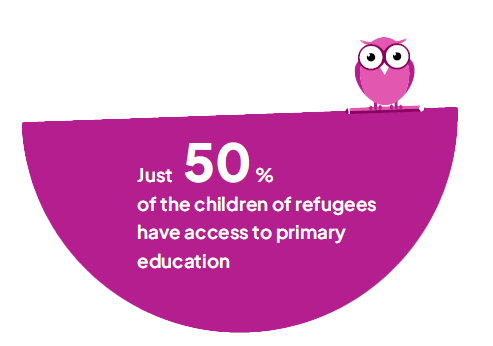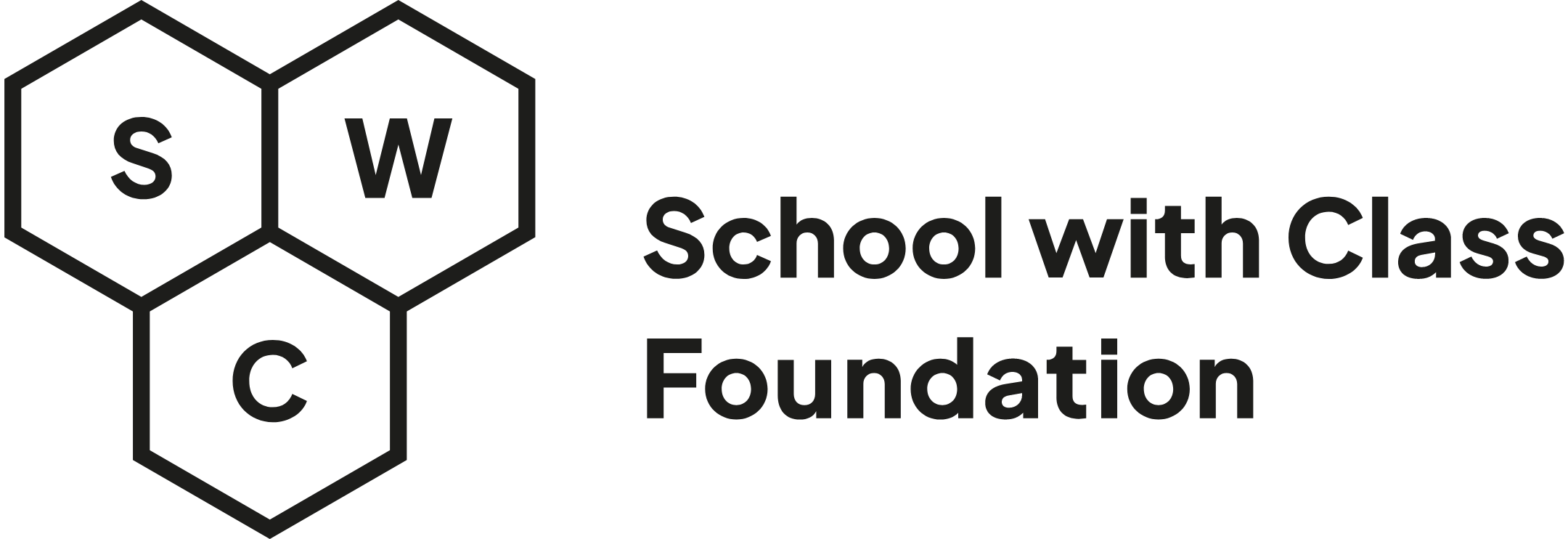Children with Migration Experience and ICT
The International Organization for Migration (IOM) defines a migrant as any person who is moving or has moved across an international border or within a State away from his/her habitual place of residence, regardless of:
- the person’s legal status,
- whether the movement is voluntary or involuntary,
- the causes of the movement or
- the length of the stay.
However, though there is no single legal definition of a migrant, there is a clear definition of a refugee, i.e., a person fleeing armed conflicts or persecution. According to data for mid-2022, around 150 million people worldwide are, to a greater or lesser extent, deprived of family or friends who could provide support in difficult times.
Migrant Children and the Internet
Education is one of the important – but also difficult to implement – elements of the integration policy of most countries. Worldwide, just 50% of the children of refugees have access to primary education, compared with 90% overall. Access to education is fundamental because it affects people’s perspectives in life, their economic and civic engagement, and even the degree of integration because it can help overcome various forms of discrimination and stereotypes.

Recommendations
Planning the education of children who have experienced migration should focus primarily on levelling the opportunities for access to good quality schools, trained teachers and the fast and effective learning of the language of the host country, which significantly reduces the risk of breaks and disruptions in education. Technology and digital assets can play a significant role in levelling the playing field, but the process still re-quires the help of parents and teachers.
The main areas in which digital resources and ICT can help level the playing field are:
- learning a new language;
- maintaining contact with the culture, language and family in the country of origin;
- therapeutic work with children and families;
- expanding civic and law education pertaining to the host country;
- establishing and maintaining contact with others through games, discussions, forums, art;
- reinforcing empathy.
Check other chapters
Full manual - Be Internet Awesome For All
Download the complete Be Internet Awesome For All Manual covering groups of children with various individual educational needs.






